|
A significant amount of laboratory research has indicated that aromatherapy using plant essential oils (EOs) might be useful in combating viral infections. These studies have examined the effects of complete oils as well as individual components on the biochemical processes involved in replication of the virus, and also on the physico-chemical processes involved in the transmission and entry of virus particles into cells and tissues. This prior research involving laboratory animals and cell cultures has shown positive effects, but there have been no controlled clinical studies in humans to evaluate these possible effects for medical purposes. Nonetheless, aromatherapy with EOs provides a safe alternative treatment that may have useful effects. In particular, the chemical structure and properties of EO components are such that they are very suitable for disrupting the structure of viruses and thus preventing them from entering our system. The keys to understanding how this might work are the structure of the virus particles and the chemical properties of the EO components. The coronavirus COVID-19 is similar in structure to common cold and flu viruses.
The major components of EOs are molecules called terpenes. These molecules contain only carbon and hydrogen, and are non-polar (oily). Such non-polar molecules have the ability to disrupt membrane structures. They tend to seek out an oily environment. Laboratory research has in fact shown that EOs and/or their individual components, can affect the biological structure and function of membranes in bacteria. So, in a virus particle, the molecules would likely insert themselves in the membrane (E) and cause a change in the structure of nearby embedded proteins (S), which then alters the function of the whole particle. This is the reason that washing your hands works. The oily soap molecules are disrupting the viral membrane. Therefore, in this respect EOs should be useful in two ways to help prevent infection:
What plant essential oils are best for these applications? Research has shown that the following oils have positive effects:
Follow this link to Lyn's hints for using essential oils to help keep your home healthy.
2 Comments
Leave a Reply. |
Dr. Bill Kurtin is a biochemist, with a distinguished record of teaching and research at Trinity University in San Antonio, TX. Archives
March 2020
Categories
|
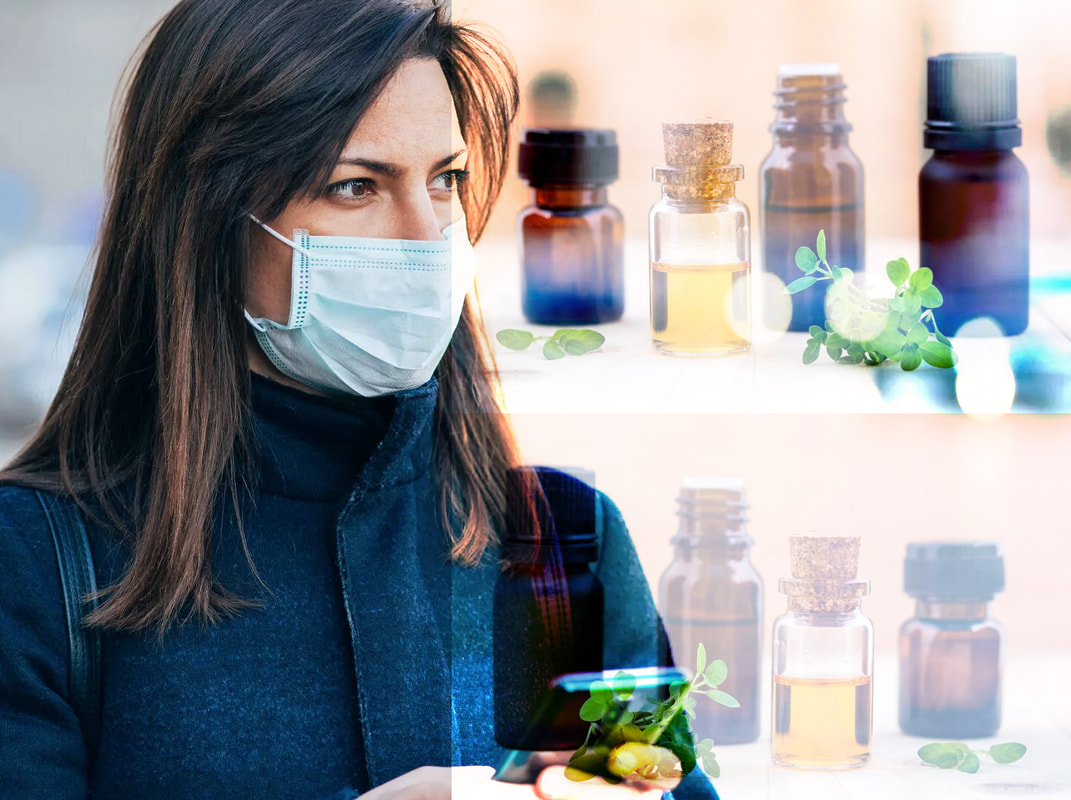
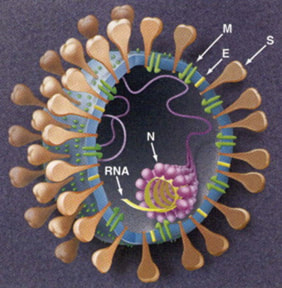
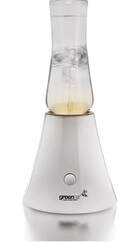
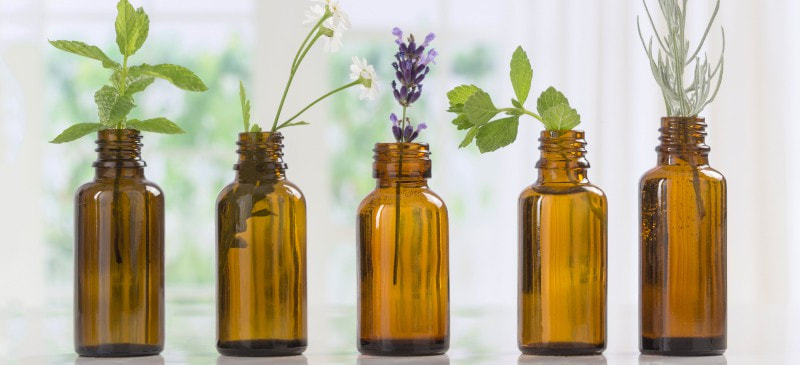
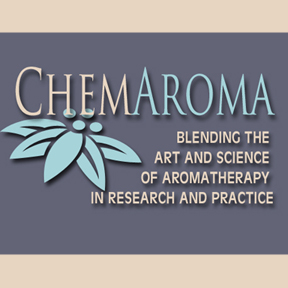
 RSS Feed
RSS Feed